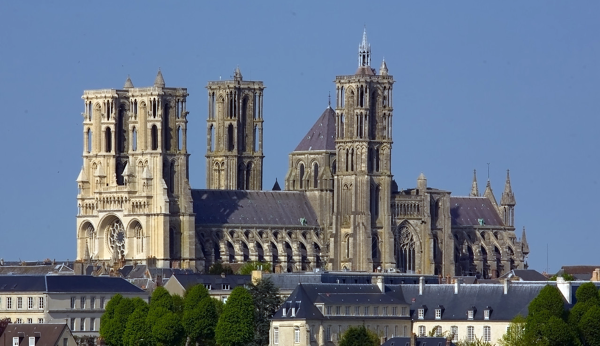Medieval Architecture

This course provides an introduction to the built environment of the European Middle Ages from the fall of Rome in the fifth century CE to the Protestant Reformation in the early sixteenth century. Students will integrate the study of architecture with the study of medieval culture, exploring for example the impact of the cult of saints, princely courts and civil authority, religious reform and radicalism and rising urbanism. While much of our attention will be devoted to exploring the architecture of great churches – including, of course, the Gothic cathedrals of France, England, Germany, and the Italian peninsula – we will also investigate prime examples of secular architecture, such as the massive Crusader castles of the Holy Land and the massive town halls erected across much of Europe by the nascent burgher class from the later thirteenth century onwards.
Textbooks/Other Materials: Roger Stalley, Early Medieval Architecture. Oxford History of Art (Oxford: Oxford University Press, 1999); Christopher Wilson, The Gothic Cathedral: The Architecture of the Great Church, 1130-1530 (London: Thames & Hudson, 1990).
Course Requirements:
Intended Audience: Undergraduate students.
Class Format: Lecture.
Estimated Cost of Materials: $0-50; if bought new, the two course books cost around $50 together; however, they can also be bought second-hand for as little as $10 together.
HISTART Distribution Requirements: A. Middle East, D. Europe and the US, 1. Ancient, 2. Medieval
This course fulfils the LSA Humanities Distribution requirement